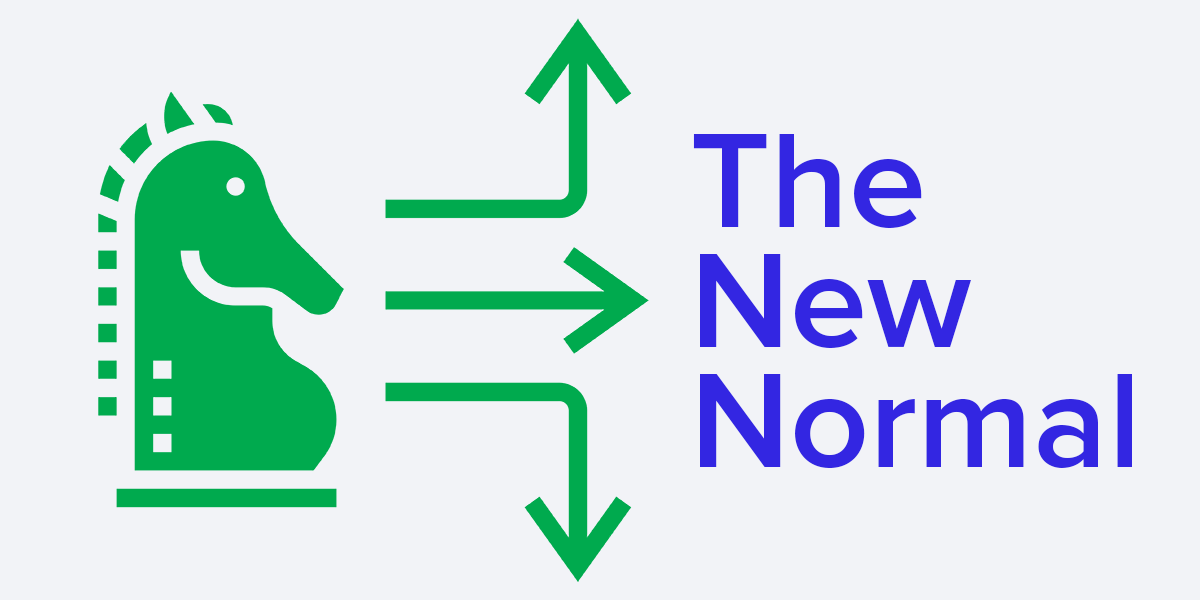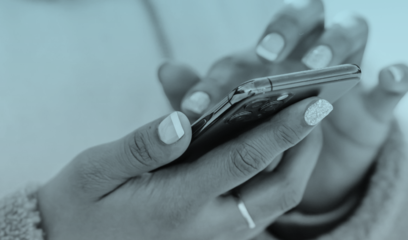As cities and countries around the world grapple with plans to reopen, we’re all wondering what our “new normal” will look like — both personally and professionally. But if you’re reading this post, you don’t have the luxury of sitting on the sidelines and watching it unfold.
To succeed throughout the rest of the pandemic and whatever comes next, you need to proactively develop a customer experience strategy that will serve both your customers and your business. What parts of your experience can or should stay the same? And what do you need to do differently?
The foundation of your strategy should be built on the answers to three questions.
1. How have our internal operations changed?
Your organization has likely changed at least part of the way it operates over the past several months. That might have involved:
- Products: As I mentioned in a previous post, we’ve seen many different types of organizations — ranging from distilleries to fashion brands — pivot their production lines to create the products we need now.
- Services: Restaurants, grocery stores, health care providers, and more have shifted their service models to comply with public health needs. (And we’re going virtual with our previously in-person journey mapping bootcamps!)
- Personnel: Your organization may have had to reduce staff in response to less demand for your products/services — or may have hired workers to fill positions created in response to the pandemic.
- Compensation: While some employees have faced pay cuts, others are now receiving additional hazard pay for interacting with the public.
- Workspaces: Many employees — from customer-facing call center agents to behind-the-scenes contributors — are now working from home.
- Processes: Working from home isn’t just a change in scenery. It requires changes in work processes as well, as Saturday Night Live aptly showcased in its Zoom call skit.
How to assess these changes:
- First, conduct employee and stakeholder interviews. Ask employees how their day-to-day work has changed and ask stakeholders what decisions they’ve made in response to the pandemic. And no, I don’t recommend a survey for this. You need to be able to listen for emotional responses and immediately dig into issues that employees and stakeholders bring up during your conversations.
- Then determine if operational changes are positive or negative. This may be as simple as listening for employees’ emotional reactions and stakeholders’ personal opinions about what’s working and what’s not. You can also compare operational, financial, and customer-feedback data from before the pandemic and with those that you’re collecting now — and look for directional changes.
2. How have our competitors’ experiences changed?
You don’t have an X-ray machine to see how your competitors’ internal operations have changed, but you can decipher their decision-making by looking at one of the end results: the customer experience. Understanding your competitors’ experiences is also crucial for understanding the larger business/cultural context in which your organization is now operating — and identifying what other options your customers have for the products and services they buy from you.
How to assess these changes:
- Customer interviews: Recruit your competitors’ customers (or your own customers, if they also do business with your competitors) and ask them about their recent experiences. As with employee and stakeholder interviews, one-on-one interviews will enable you to listen for emotional responses and dig into issues that customers bring up during your conversations.
- Surveys: If you want to follow up with a survey to get a statistically significant sampling of responses after you glean all the juicy insights from your interviews, go for it! Just don’t rely solely on this research method.
- Secret shopping: Certain business-to-consumer industries — most notably, but certainly not limited to retail — lend themselves to having a large number of mystery shoppers evaluate their experiences while shopping or getting service.
3. How have our customers’ needs and expectations changed?
We’ve all had to change our behaviors during the pandemic. Some of those changes, like sheltering in place, have been mandated by our governments. Others, like baking bread and doing at-home workouts, have been personal preferences and choices.
It’s not enough to just identify these behavioral changes. Understanding the motivations and fears behind your customers’ recent personal choices and professional decisions will help you understand how to best meet (or exceed) their changing needs and expectations.
How to assess these changes:
- Customer interviews: Once again, one-on-one interviews will allow you to get the deepest insights about your customers’ changing needs. If your customers’ interactions with your organization really haven’t changed too much over the past several months — as might be the case if you run, say, a dry-cleaning service — then it might be sufficient to stop here.
- Surveys: As I mentioned above, surveys are a great way to validate the insights you gleaned during your interviews with a larger swath of your customer base. Just don’t skip those interviews!
- Journey mapping: If, like so many organizations out there, your customers’ needs and experiences have changed drastically since the onset of the pandemic, then mapping your customers’ journeys will enable you to get a holistic view of what they’re trying to accomplish, how they’re now going about those tasks, and what they’re thinking and feeling each step of the day. Current-state maps are a crucial first step to understanding how you need to change that journey to support them as we move into our new normal. And future-state maps will help you define what that new normal looks like.
As the term implies, our “new normal” will be here for a long time, and it will continue to evolve as COVID-19 medical treatments do. This means that your strategy will need to evolve over time — and you’ll need to regularly conduct this foundational research.
If you need help with these tasks, please get in touch to discuss how Bodine & Co. can support you.




